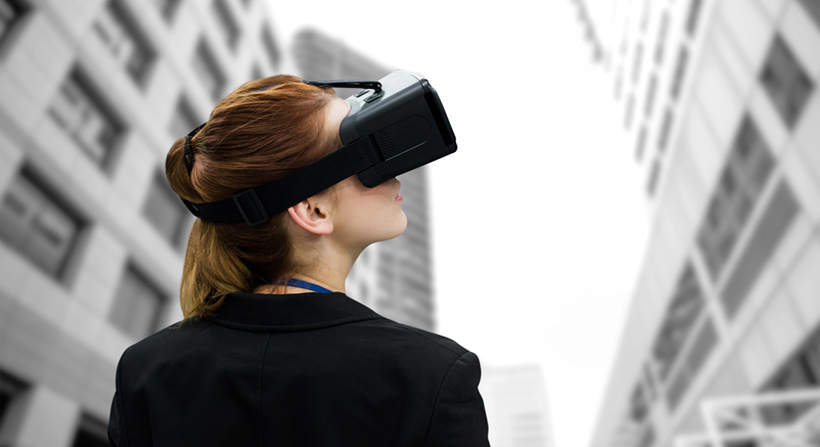
AR vs VR vs 360 for Real Estate and Architecture
Here on the Stambol blog we use the term ‘Virtuality’ quite regularly. It’s intended to be an all-encompassing word, one we use to reference all the immersive technology we work with and the varied experiences we create.
Why so many different realities? We often talk about what makes VR, AR, MR or XR, and 360 video different from each other. There are times and places for each type of interactive reality, and we’d like to take a closer look at what each one can do for your business. So today we’re covering how you can cleverly pair the right reality to the right message in the right channel.
Virtual Reality for Complete Immersion Walkthroughs
Naturally we’re starting here, where the VR revolution started many years ago. We define Virtual Reality as any complete immersion experience, one that requires the user’s full attention, transporting your mind from this world into another.
As a property developer, you want the most appealing (and accurate) images of your project. Whether you distribute an app for smartphone-powered viewers or install the most sophisticated PC-powered devices for exclusive preview centre experiences, the end result successfully places prospects inside your offering. There is simply no other way to achieve a walkthrough of a building or facility that doesn’t yet exist.
Not only does VR have the potential to impress prospective buyers, but it can be customized during the experience to fully and properly communicate the potential of your project. VR is literally a whole new world compared to open-top show rooms with fabric and paint swatches.
Augmented Reality for Collateral and Renovation Proposals
AR is a great tool for quickly and easily bringing a little virtual flair to a new development’s printed collateral. We’ve talked about how this technology brings post cards, rack cards, brochures and even 3D objects to life. But we think you need to see it to really feel the effect.
Augmented Reality is also an excellent mechanism of demonstrating what construction additions and interior décor changes will look like once they’re complete. In the video below, we created a visualization of an addition to an existing commercial space here in Vancouver. AR can also be applied for more cosmetic changes on exteriors and interiors. We can visualizations ranging from paint or signage changes to major structural projects.
360 Degree Visualizations for Websites and Social Media
Reaching prospects within social media has become an essential marketing strategy for just about every industry and business model in the world. Real Estate, interior design, and architecture are certainly no different. As social media becomes more sophisticated (and competitive) simply posting a nice photograph is not enough to engage and convert your visitors.
360-degree renderings and videos can help you achieve interactivity without asking your prospect to leave your website or social media platform. This can be a great first step in converting web traffic to active prospects.
Dining room visualization published on Facebook 360
Dining room visualization published on Facebook 360
Stambol offers customized product combinations that can meet your unique needs and budget. We have the expertise and experience to ensure that your brand is represented with only the most sophisticated and innovative visuals.
Photo Credit: vectorfusionart / Adobe Stock


